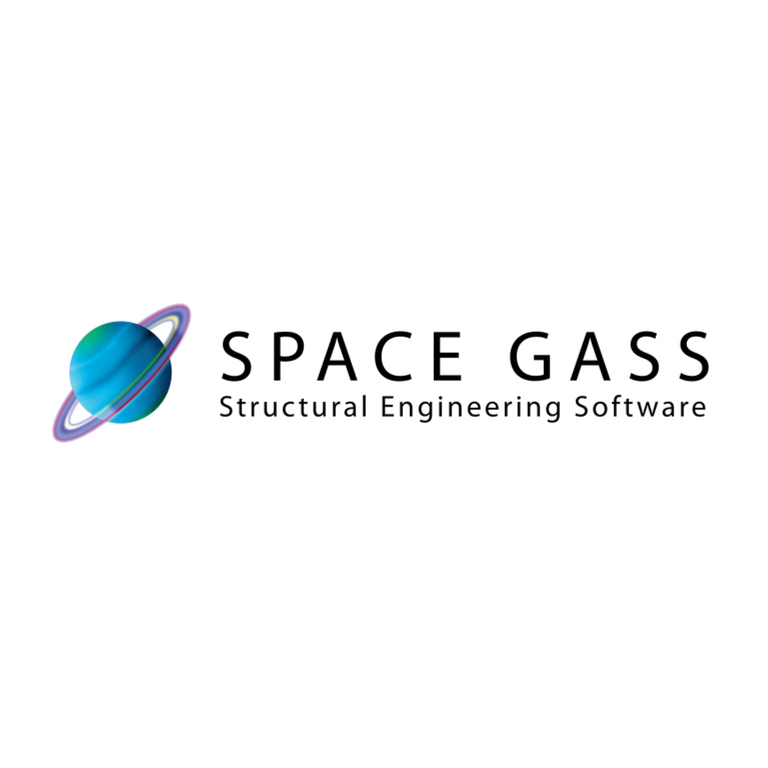
space gass
SPACE GASS is a multi-purpose 3D analysis and design program for structural engineers. Its extensive range of features make it suitable for anything from beams, trusses and frames to buildings, towers, tanks, cable structures and bridges. Capabilities include a 64-bit multi-core solver, silky smooth 3D renderered graphics, plate finite elements, frame elements, cable elements, tension/compression-only elements, moving loads and links to many CAD and building management programs.
SPACE GASS was born in 1983 along with its companion program PLANE GASS. The names come from SPACE (3D) or PLANE (2D) General Analysis of Structural Systems.
SPACE GASS was developed specifically for personal computers at a time when PCs were in their infancy and engineers were still using specialist computer bureaus to run their structural analyses overnight. Due to the newfound convenience of being able to perform structural analysis and design in-house on a PC, engineers soon warmed to the idea of programs like SPACE GASS and PLANE GASS, and hence their popularity soared.
By 1990 it became apparent that structural engineers wanted 3D rather than 2D analysis and so PLANE GASS was discontinued. SPACE GASS continued to be developed and new modules were added for non-linear analysis, dynamic analysis, buckling analysis, steel design and reinforced concrete design. The design modules were also adapted for the major US, European and Asia-Pacific design codes, and by 1999 SPACE GASS was being used worldwide in over 70 countries.
More recently, a sparse matrix solver that fully supports the parallel processing power of modern multi-core computers was added. A new user interface has also been developed that operates in wireframe, outline or fully renderered photo-realistic modes and takes full advantage of today’s super-fast graphics cards.
The development of SPACE GASS has been continuous since its inception and continues unabated today.
